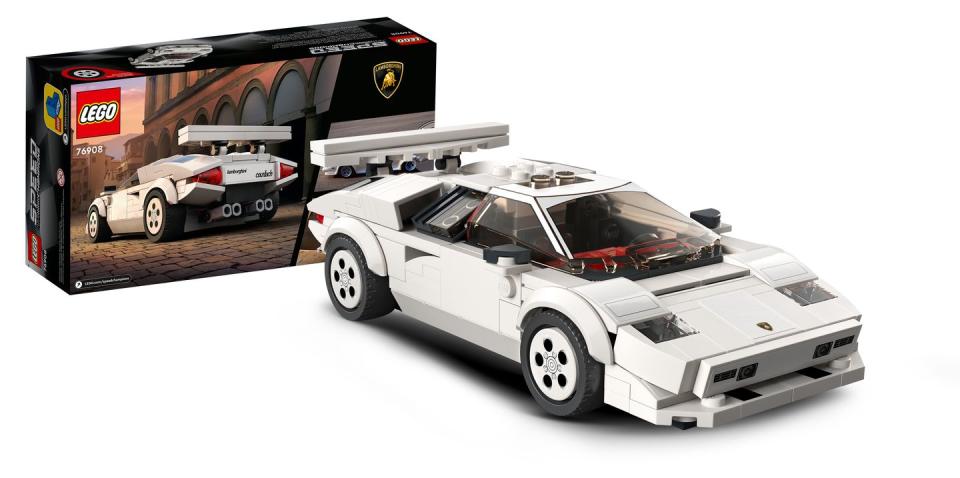The Simplest Lego Car Kits Are the Trickiest to Get Right


You don’t need a garage to build your own car. You don’t even need a driver’s license. The first cars many of us work on are constructed by our own hands, courtesy of a kit with plastic blocks from Denmark.
This story originally appeared in Volume 12 of Road & Track.
SIGN UP FOR THE TRACK CLUB BY R&T FOR MORE EXCLUSIVE STORIES
“We’re not just for kids seven- or eight-plus,” says Chris Stamp, the design manager for Lego’s Speed Champions, a series of kits that distill the form and spirit of our favorite enthusiast vehicles. “Anyone who’s got an inner child or anyone who ever had a poster of a vehicle on the bedroom wall or anyone who just likes cars, that’s who we appeal to.”
Speed Champions are less complex and detailed than the Lego Technic sets, with their thousands of bricks. These smaller-scale models each have around 300 pieces. With Speed Champions, designers aim to capture the key elements that make cars readily identifiable, like the taillights on a Nissan GT-R or the grille of a Dodge Challenger. Much like designing a real car, until it feels just right, Stamp and his team work through many iterations of a model (like 50 versions of a Countach that didn’t measure up). Much of that work is done on computers, but there are also boxes of bricks.

Senior designer Søren Dyrhøj is Stamp’s right-hand man. “The best way to describe us is we are just two stubborn, grumpy guys,” Stamp says. “And it’s because we’re so passionate that we’re really anal about the details. Lego has the saying that ‘The best isn’t good enough.’ We believe that, which is a pain in the butt. But we definitely live by that. For example, when I did the Ferrari 512 M, I think there were about 64 versions.”
Some cars appear to be such challenges that designers might see them as impossible. Those projects, like the Aston Martin Valkyrie, are Stamp’s favorite. “Other people in my team were like, ‘We can’t build that,’” he says. “And I was the complete opposite. Because I said, ‘That’s what makes it exciting. Right now you don’t think we can build that. I can’t wait for you to show me how to build that.’”

The Valkyrie did require a new piece, a windshield. Sounds simple, but Lego is a system, meaning all pieces must work with all other pieces from the entire history of Lego. Speed Champions kits use few unique pieces. “The elements that we’ve created, nine times out of 10, we tried to think very holistically, not just for Speed Champions, but for the whole Lego portfolio,” Stamp says. Bricks made for Speed Champions pop up everywhere in the Lego-verse.
And while you’re building a model today, the Lego team is already working on the Speed Champions you’ll see on store shelves in 2025. That means makers of plastic building bricks in Denmark know more about the future of the auto industry than so-called insiders.
You Might Also Like

 Yahoo Autos
Yahoo Autos 